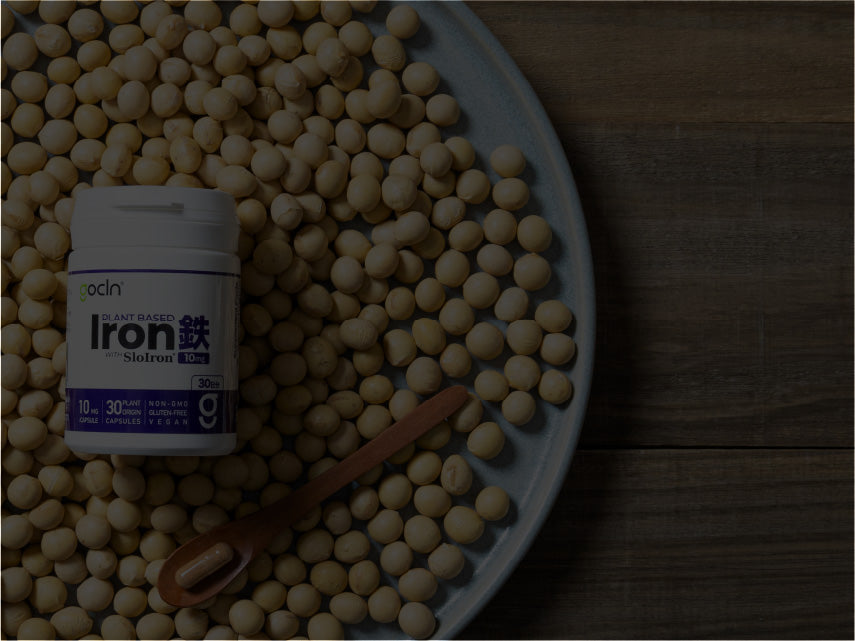Protein Intake at Breakfast Promotes a Positive Whole-Body Protein Balance in a Dose-Response Manner in Healthy Children: A Randomized Trial
Leonidas G Karagounis et al.
J Nutr. 2018 May 1;148(5):729-737. doi: 10.1093/jn/nxy026.
Abstract
Background: Protein ingestion promotes whole-body net protein balance (NB) in children, which is a prerequisite for growth. Determining how much protein is required at breakfast to promote a positive NB, which may be negative after the traditional overnight fast in children, has yet to be determined.
Objective: We determined the impact of incremental doses of milk protein at breakfast as well as the impact of daily dietary protein distribution on NB in children.
Methods: A total of 28 children [14 boys, 14 girls; age range: 7-11 y; body mass index (mean ± SD, in kg/m2): 16.0 ± 1.9] completed 2 intervention trials. During the breakfast meal, participants consumed an isoenergetic beverage with different amounts of protein (0, 7, 14, or 21 g for Groups A-D, respectively) and [15N]-glycine to measure whole body protein metabolism. Whole-body nitrogen turnover, protein synthesis (PS), protein breakdown, and NB were measured over 9 and 24 h.
Results: Following an overnight fast, children were in negative NB (-64.5 mg · kg-1 · h-1). Protein ingestion at breakfast induced a stepwise increase in NB over 9 h [Groups A (6.2 mg · kg-1 · h-1) < B (27.9 mg · kg-1 · h-1) < C (46.9 mg · kg-1 · h-1) < D (66.0 mg · kg-1 · h-1)] with all conditions different from each other (all P < 0.01). PS was 42% greater in Group D than in Group A over 9 h (P < 0.05).
Conclusions: Consuming ≥7 g of the total daily protein intake at breakfast attenuates the observed overnight protein losses in children during the subsequent 9 h following breakfast consumption. The dose-dependent increase in NB over a daytime fed period, inclusive of breakfast and lunch, highlights the importance of breakfast protein intake on acute anabolism in healthy active children. This trial was registered at clinicaltrials.gov as NCT02465151.
Resource from PubMed




